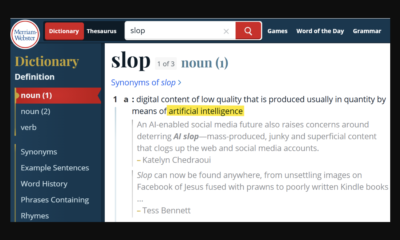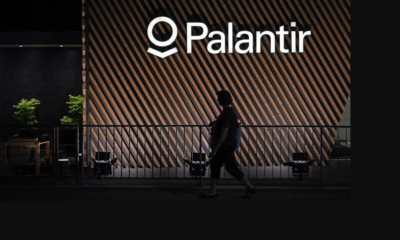Jobs
Green Jobs and Wellness Sector Driving 30% of New Indian Blue-Collar Hires in Gulf Labour Markets, finds Huntr’s Report
UAE, Saudi Arabia, Kuwait, Qatar, and Oman emerge as top destinations for Indian migrant workers
A new report by Huntr, a data analytics firm transforming migrant workforce management, reveals that green jobs and the wellness sector drive 30% of new Indian blue-collar jobs in Gulf labour markets. The report extensively analyses the evolving landscape, highlighting age demographics, job sector preferences, emerging trends, average salary ranges, and popular destinations for Indian workers.
Top Destinations:
UAE: Largest hub with 3.4 million Indian migrants
Saudi Arabia: 2.6 million Indian migrants
Kuwait: 1 million Indian migrants
Qatar: 750,000 Indian migrants
Oman: 700,000 Indian migrants
Demographics:
The report shows that young workers aged 18-30 account for 50%- 60% of migration for labour-intensive roles such as construction labour, factory work, warehousing, and domestic help. Middle-aged workers (31-45 years) make up 30%- 40% of the migrant workforce and are often preferred for skilled roles requiring experience.
Sector Employment:
Construction: It continues to dominate, with high demand for labourers, masons, carpenters, and electricians, driven by ongoing infrastructure projects and mega-developments like the UAE’s infrastructure expansions, Saudi Arabia’s NEOM and Red Sea Project, and Qatar’s FIFA World Cup preparations.
Healthcare, Hospitality, and Tourism: Many Indian workers are employed in roles such as housekeeping, cleaning, maintenance, and support staff.
Average Salaries (excluding benefits):
Construction Laborers: $200-$500 per month
Domestic Helpers: $300-$1000 per month
Security Guards: $400-$1000 per month
Skilled Construction Workers: $400-$800 per month
Warehouse Workers/Loaders: $300-$500 per month
Emerging Trends:
Samuel Joy, CEO of Huntr, emphasized the critical role of Indian blue-collar workers in the Middle East’s economic growth. “By understanding the evolving landscape of job opportunities, skill requirements, and worker demographics, we can better connect Indian workers with the right jobs and ensure they have access to fair working conditions and benefits. This not only benefits the workers themselves but also strengthens the overall employment ecosystem in the region,” he said.
Future Employment Trends:
The report predicts ongoing trends and future shifts:
Pandemic Impact: Increased demand for cleaners, maintenance workers, and non-medical support staff in healthcare facilities.
E-commerce Boom: Renewed demand for warehouse workers, delivery drivers, and logistics coordinators.
Sustainability: New roles in construction and manufacturing focused on energy efficiency and waste management.
Hospitality Sector: Demand for wellness services, specialized cuisine, and enhanced customer experiences is rising.
Domestic Work: Transition to part-time or hourly arrangements.
Working Conditions: Improvements in accommodation, healthcare access, and benefits like end-of-service gratuity.
This comprehensive report underscores the dynamic nature of jobs in Gulf and the indispensable contribution of Indian blue-collar workers to the region’s economic landscape.









































Pingback: Top 5 In-Demand Skills for Blue-Collar Workers in the UAE and Saudi Arabia in 2024 | Al-Hiraa